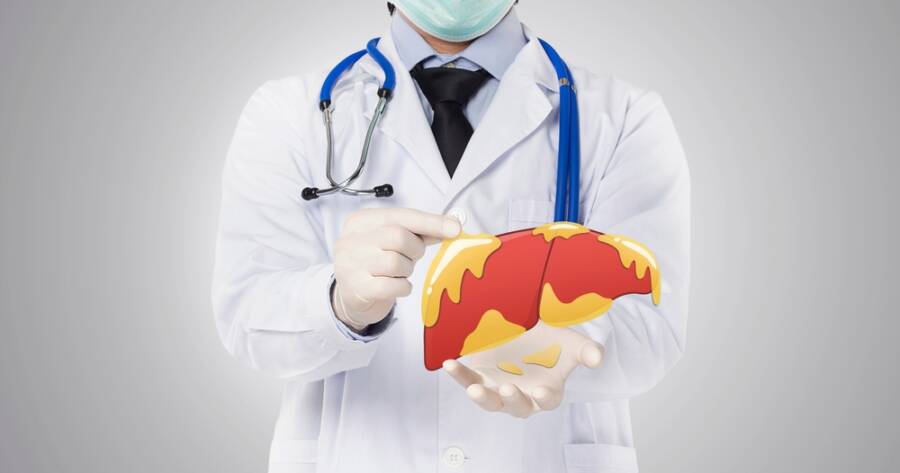Nonalcoholic Steatohepatitis (NASH) stands as a formidable progression of Nonalcoholic Fatty Liver Disease (NAFLD), posing significant challenges due to its silent nature and potential for severe liver complications. While lifestyle changes remain pivotal in management, advancements in medication and research offer promising avenues for treatment. Understand the critical aspects of NASH, its treatments, and the future of care.
Understanding NASH Liver Disease and Its Challenges
NASH is characterized by liver inflammation and damage caused by excessive fat accumulation. It is often a silent condition, showing little to no symptoms until later stages, making early diagnosis challenging.
NAFLD usually begins with fat build-up due to factors like obesity, type 2 diabetes, and metabolic syndrome, and it can escalate into NASH, potentially resulting in cirrhosis and liver failure due to liver scarring.
Diagnosis and First Line Treatments for NASH and NAFLD
Diagnosing NAFLD and NASH often involves a comprehensive approach, including blood tests, imaging procedures like ultrasound or MRI, and in certain cases, a liver biopsy. These diagnostic measures determine the presence and severity of liver damage, facilitating subsequent treatment plans based on imaging results.
Treatment primarily focuses on lifestyle modifications. Weight loss is a key therapeutic tactic, with significant evidence indicating that losing 3% to 10% of body weight can significantly reduce liver fat and inflammation. Regular physical activity is also crucial, offering benefits such as reduced liver fat and improved overall liver health without necessitating weight loss.
The Role of Medications in NASH Management
Although lifestyle changes form the cornerstone of NASH treatment strategies, medication options for managing NASH are evolving. Recently, the FDA approved Rezdiffra, the first drug specifically targeting NASH in patients with moderate to severe liver scarring.
Rezdiffra activates thyroid hormone receptor pathways to diminish liver fat and potentially resolve NASH symptoms in a subset of patients. However, this drug may cause side effects such as diarrhea and nausea, and interactions with other medications, like statins, must be considered.
Potential and Experimental Therapies
As research continues, there is interest in examining alternative therapies, including vitamin E and certain diabetes medications, for their capacity to decrease liver damage. However, these treatments do not present a cure and require further investigation to confirm their efficacy.
Clinical trials are underway to explore the effectiveness of these and other medications as experimental therapies. Meanwhile, managing co-existing medical conditions such as diabetes and high cholesterol remains crucial for comprehensive NASH management.
Advanced Disease and Surgical Options
In advanced cases of NASH where cirrhosis or liver failure occurs, traditional lifestyle and medication treatments may become insufficient. For such end-stage liver disease, a liver transplant becomes the most viable option, though it is often reserved for severe cases due to limited availability and complex criteria. However, focusing on early detection and maintaining a healthy lifestyle can often prevent the disease from reaching such critical stages.
Learn More About NASH Liver Disease
With the rise in obesity and diabetes, the prevalence of NASH continues to escalate, driving a greater need for awareness and effective management strategies. Understanding this condition and its treatment options can help individuals at risk and healthcare providers to make informed, proactive decisions.
As new therapies emerge and research progresses, staying informed on NASH offers potential pathways for improved liver health for affected individuals. Addressing NASH early, through lifestyle modifications and emerging therapeutic options, significantly uplifts patient outcomes and mitigates risks associated with disease progression.
Sources
First FDA-approved drug for NASH




